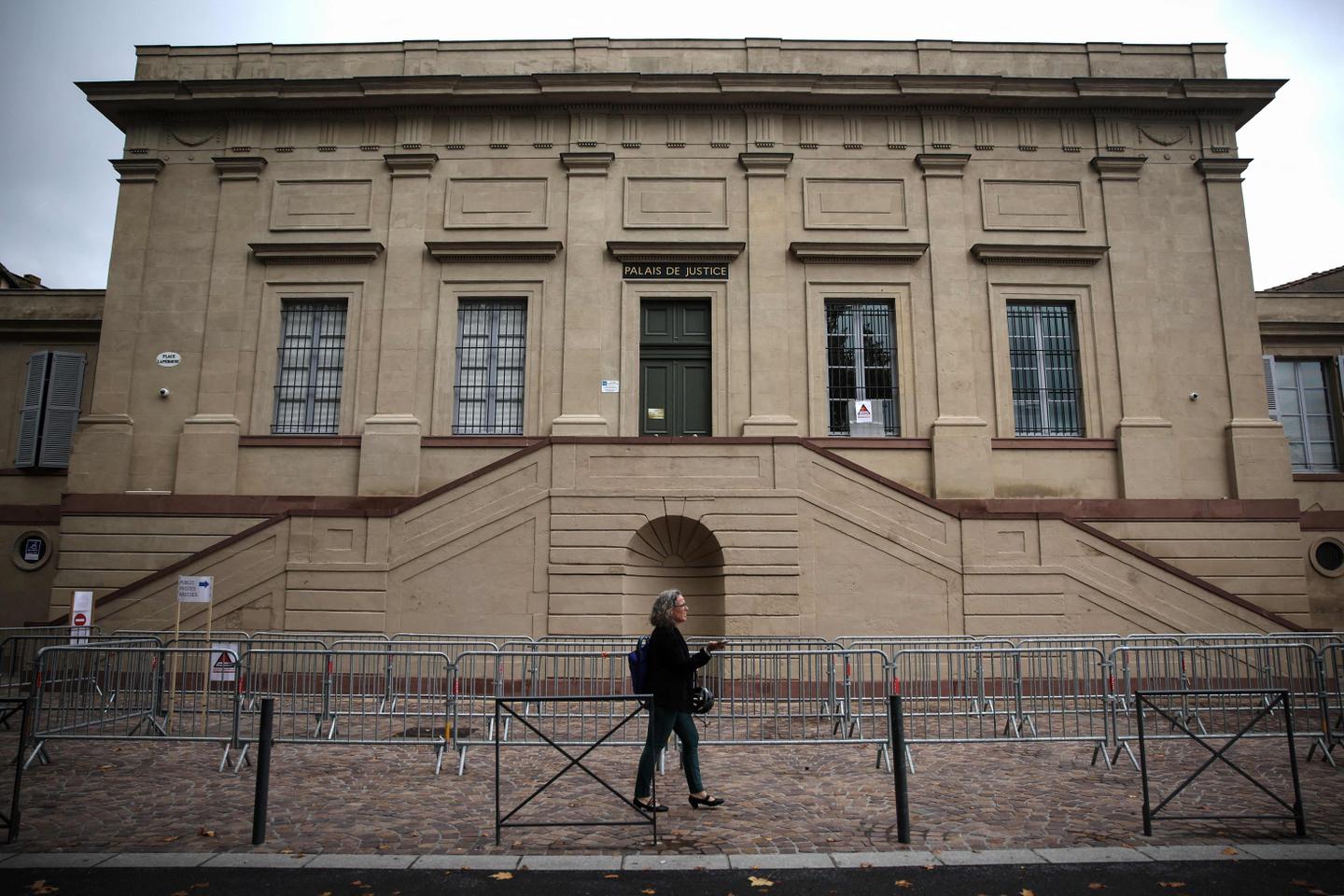Curling Canada Expands High-Performance Training Hub Network
Curling Canada is significantly expanding its regional high-performance training hub network to include Victoria, Okotoks, Alberta, Moose Jaw, Saskatchewan, and Kitchener-Waterloo, Ontario. This initiative aims to provide more accessible and comprehensive training opportunities for Canadian curlers across the country.
National Network Development
These new locations join existing hubs in Winnipeg, currently in its second year, and established training centers in Calgary and Edmonton. The expanded network seeks to replicate arena ice conditions, offer advanced technology for shotmaking and sweeping analysis, and provide access to high-level coaching. This will allow athletes to hone their skills in a supportive and technologically advanced environment.
"The challenge for Canada is just the sheer size of the country," said Curling Canada high-performance director David Murdoch.
Murdoch emphasizes that these regional hubs will increase access to vital resources for athletes outside of Alberta. The goal is to cultivate the next generation of curling stars, such as Rachel Homan and Brad Jacobs, by providing the right programming and coaching at the local level.
Strategic Expansion and Funding
Murdoch, who envisioned this network three years ago, aimed to provide comprehensive support for both elite curlers and developing athletes. Provincial and territorial associations were invited to propose funding models as part of the application process. The Victoria Curling Club, Okotoks Curling Club, Moose Jaw Curling Centre at Temple Gardens Centre, and the KW Granite Club were selected to establish training centers this fall.
Each province and territory will adapt the program to suit their specific needs, funding, and staffing capabilities. Murdoch expressed his desire to expand the network to include Quebec and Atlantic Canada soon, suggesting that Nova Scotia hosting the Olympic pretrials and trials could accelerate the creation of a hub on the East Coast.
Facilities and Resources
Existing training centers such as the Saville Community Sports Centre in Edmonton and Calgary's Glencoe Club already had established programs. In Winnipeg, the Heather club dedicated two sheets to high-performance training. Pat Simmons, Curl Sask’s high-performance director, highlighted the ice availability in Moose Jaw.
"When there’s an event not here on the weekend, we have potentially all the sheets at our disposal at certain times," said Pat Simmons.
These hubs will be equipped with camera systems, laser speed traps, and other resources available through Curl Sask, providing teams with a conducive training environment to develop into championship curlers.
Accessibility and Focus
Easy accessibility was a key consideration in selecting the hub locations. According to Murdoch, the locations needed to be within a reasonable distance from a major airport and capable of providing good ice conditions and technology. Subsidized ice costs and accessible training times, including daytime and post-school programming for junior curlers, are crucial components.
Target Demographic and Coaching
Simmons anticipates teams like Mike McEwen’s will utilize the Moose Jaw facility. The primary focus of these hubs is the under-25 curler, easing the transition to the elite level. The target includes athletes from under-18s upwards. A unified coaching language and teaching methodology will be implemented across the country to ensure consistent training regardless of location.
The ultimate goal is to give younger players the best possible chance to develop quickly and fully, supported by well-educated coaches.
 Visit the website
Visit the website



